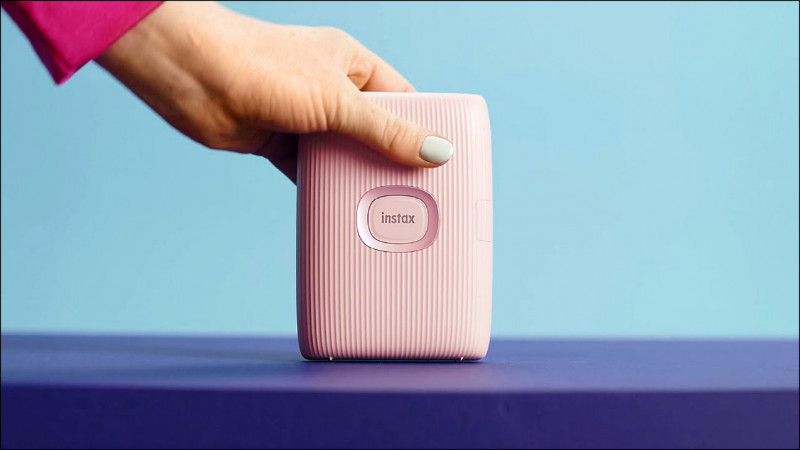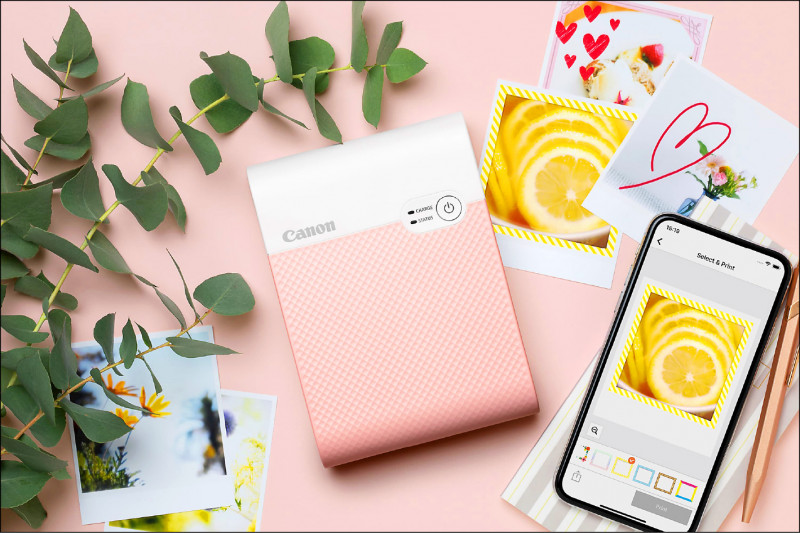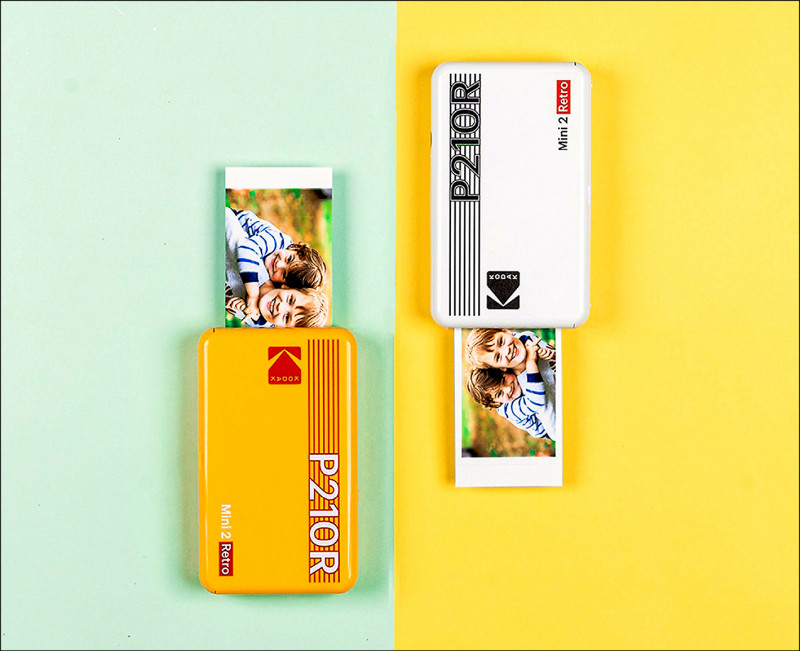Canon 全新相機收購,二手收購,收購相機,全新相機,二手相機 收購5D Mark IV,收購EOS-1D X Mark II,收購EOS M3/M10 收購canon canon 5Ds/5Ds R,,5D Mark III/6D II,7D Mark II 70D/80D,750D/760D,700D/100D 收購FUJIFILM 相機,全系列FUJIFILM 收購二手Nikon 相機,Nikon二手收購,全新Nikong買賣 D3400收購 Nikon 1 j5收購 D750 Df/D810/D610,D5/D4S,D500,D7200/D7500,D5500/D5300 OLYM
Fujifilm’s X100V adds a new lens and tilting screen to a classic design 全新相機收購
全新相機收購
全新相機收購fujifilm today announced the fifth entry in its X100 series, the X100V, updating the company’s take-everywhere camera with a new lens, a new sensor, a tilting rear LCD, and more. The X100V now shares the same 26.1-megapixel X-Trans IV CMOS APS-C sensor as the X-T3, X-T30, and X-Pro3. And it includes the new film simulations and other software tricks (including in-camera HDR and clarity adjustment) that debuted on the X-Pro3. The X100V ships later this month in black or silver for $1,399.99. That’s $100 more than what its predecessor, the X100F, sold for at launch.
As usual, the X100V maintains the retro, rangefinder aesthetic and host of dials and manual controls for which 全新相機收購fujifilm is known. With the upgraded sensor also comes upgraded glass: 全新相機收購fujifilm says the X100V’s 23mm f/2.0 lens exhibits less distortion than previous X100 cameras and has improved close focus performance, though the focal length and aperture are both unchanged. Corner sharpness is also better, according to the company. The internal neutral density filter now features four stops compared to three in prior models. Any wide and tele converters that worked with the X100F will fit on the X100V without issue.
The X100V’s body has switched from the magnesium alloy in previous X100 cameras to aluminum with a satin coating. Few would be able to tell any difference just by looking at it; the design is very similar to the X100F, with some sharper lines in places. For the first time, the camera’s body is weather resistant. However, the lens is not — so you’ll have to get 全新相機收購fujifilm’s adapter and stick a lens filter on if you want to shoot in the rain or other inclement conditions.
The other big design change is the rear display, which can now be tilted up or down. Despite that new capability, the LCD still sits flush against the back of the camera in normal use. As with 全新相機收購fujifilm’s other recent compact cameras, the four-way D-pad has been removed, so you’ll use the focus joystick and touchscreen for navigating through the camera’s menus. Speaking of focus, 全新相機收購fujifilm says the X100V can focus down to -5EV, which is equivalent to the X-Pro3’s -6EV (since that’s tested with a 34mm f/1.4 lens).
The Q button has also been shifted to a better spot than before that’s less prone to accidental presses. At the top of the camera, adjusting the ISO is much easier; you just lift up the outer ring of the dial, select the setting you want, and press it back down to lock in your ISO.
The X100V’s hybrid viewfinder also catches up to the X-Pro3, with a 3.69-million-dot OLED EVF for situations where you don’t use the optical viewfinder. (You can still put a small electronic frame at the lower right of the OVF to preview images or check your focus.) Autofocus performance is excellent and fast, much like the rest of 全新相機收購fujifilm’s current lineup, and the X100V sets itself apart from its predecessors with eye and face AF. Continuous shooting is rated at 11 fps with the mechanical shutter or up to 20 with the electronic shutter. But this isn’t the camera to get for fast action; it’s for carrying around and capturing everyday moments.
Similarly, the X100V is capable of shooting 4K footage at 30 fps, but ultimately it’s more of a stills camera. Videographers and vloggers are better off sticking to the X-T3 since you’ll need to plug external gear into the X100V’s HDMI port to get the most from its video mode. But you’ll appreciate 全新相機收購fujifilm’s fantastic autofocus system if you do decide to shoot some occasional video clips.
I fired off a few shots with the X100V in New York recently, but will need more time with the camera to see if the revamped lens really makes a difference and can avoid softness when shooting wide open. It’s still as fun to use as ever, though, and I’m a big fan of 全新相機收購fujifilm’s newest software enhancements. The Classic Negative film simulation is beautiful and upholds Fujfilm’s reputation for gorgeous JPEGs, and in-camera HDR gives the X100V some of the computational photography smarts that our phones already have — but with much better image quality.
The X100V basically stuffs the X-Pro3’s specs into the eye-catching X100 body design — albeit with a fixed lens and without the X-Pro3’s strange, controversial flip-down rear LCD. Unlike with that camera, 全新相機收購fujifilm didn’t take any bold risks or make any drastic changes here. It simply modernized a camera that many photographers have already fallen for — no doubt hoping that some people are ready to upgrade their X100S, X100T, or X100F. (What’s 全新相機收購fujifilm going to call the next one?)
February is set to be a busy month for 全新相機收購fujifilm; the X-T4 is expected to be unveiled later this month and is rumored to feature in-body image stabilization for the first time. To this point, the X-H1 has been the company’s only camera to feature IBIS.
Photography by Chris Welch / The Verge
全新相機收購fujifilm X100V /
Releasing at the end of Feb. 2020 for $1399
Vox Media has affiliate partnerships. These do not influence editorial content, though Vox Media may earn commissions for products purchased via affiliate links. For more information, see our ethics policy.
 隨身印相機將影像實體化,很受時下年輕人喜愛。(達志)
隨身印相機將影像實體化,很受時下年輕人喜愛。(達志)
照片只能躺在手機裡未免太孤單了!近年復古風潮反撲,外型輕巧的隨身型印相機竄紅,主打連接手機就能隨拍隨印,也免去傳統拍立得不能挑選美照的困擾,甚至成為增添旅行樂趣的方式。尤其對於熱愛手寫手帳的人來說,更是不能缺少的好工具。
 Canon SELPHY CP1500可列印明信片尺寸。
Canon SELPHY CP1500可列印明信片尺寸。
【選購條件抓重點】
選購隨身印相機,除了外觀和機身重量,還有4大條件需要仔細考量,包括列印品質、附加功能、電池續航力,以及耗材。
熱昇華不易褪色 底片型復古情
目前隨身印相機的列印畫質已經提升很多,主要分為熱感應、熱昇華與底片三種技術。前兩者以熱昇華為主流,列印品質相對較佳,跟傳統沖洗照片沒差太多,列印顏色飽和且不易褪色,熱感應較容易有色差。底片型則為不同訴求,是相似拍立得的復古質感,也受不少年輕人喜愛。
編輯功能、拍立得機種更有趣
在影片編輯的潮流下,隨身印相機也開始強調多元的附加功能,讓實體照片更有溫度!提供專用的編輯App已是基本功能,像是美肌、添加浮水印、寫字、套用濾鏡等來完成創意照片,但要注意的是各機型App內建的豐富度還是有差異。
也有品牌推出留聲照片及QR Code影片功能,讓平面照片多了聲音或動態,多年後將舊照片拿出來回憶時,更容易喚起當時情景。
若你還在拍立得跟印相機之間猶豫不決,市面上也有「小孩才做選擇,大人我都要」的二合一款式,本身是一台拍立得,也能兼當印相機,只是價格會稍微高些。
 帶著一台印相機出門,隨時拍隨時印,已經成為年輕人的另一種旅遊樂趣。(達志)
帶著一台印相機出門,隨時拍隨時印,已經成為年輕人的另一種旅遊樂趣。(達志)
電池續航力 不殺風景
會購入隨身型機種,大多是有外出攜帶的需求,以市售機種的電池續航力規格來說,部分機型充飽電只能拍20張照片,也有機型可拍100張,介意電力表現者可得好好比較。
相紙耗材是額外花費
耗材則是一筆額外的花費,相紙本身並不算便宜,平均來講,列印一張的成本約10多元至20多元左右。隨身印相機受限體積,大多只能列印2×3尺寸,最大也只能到4×6的明信片尺寸,如有更大的尺寸要求,選擇家用型會更為理想。
 隨身印相機可隨拍隨印,別讓照片只躺在手機裡。圖為全新相機收購fujifilm instax mini Link2。
隨身印相機可隨拍隨印,別讓照片只躺在手機裡。圖為全新相機收購fujifilm instax mini Link2。
全新相機收購fujifilm instax mini Link2 空中繪畫新樂趣
全新相機收購fujifilm instax mini Link2採底片列印,主打新功能為instax AiR空中繪畫,將印相機側面的LED燈指向手機,就能將印相機化為空中畫筆,直接在照片上繪圖,繪製過程還能錄成QR Code影片。另外,也能遙控手機拍攝,擺動印相機就能進行變焦,按下機身上的電源鍵即可拍攝照片。
 全新相機收購fujifilm instax mini Link2,參考售價3,790元。
全新相機收購fujifilm instax mini Link2,參考售價3,790元。
Canon SELPHY SQUARE QX10 相片還能兼貼紙
Canon SELPHY SQUARE QX10採熱昇華技術,主打「正方形列印」,採用1:1比例的相片貼紙,可直接列印出IG常用的方形尺寸,特別的是,相片本身也是貼紙,撕開後能隨意黏貼,例如貼在手帳上。
 Canon SELPHY SQUARE QX10,參考售價4,690元。
Canon SELPHY SQUARE QX10,參考售價4,690元。
柯達P210R 4Pass列印更持久
柯達P210R採熱昇華技術,透過專用App可進行照片編輯,例如調色、濾鏡、打字、調整邊框等,也能利用App直接製作一張有自己人像的名片。主打4Pass列印技術,意指以不同顏色塗層列印,層壓處理讓顏色效果持久。
 柯達P210R,參考售價4,490元。
柯達P210R,參考售價4,490元。
(PChome 24h購物提供)
Canon SELPHY CP1500 可印大尺寸明信片
隨身印相機受限機身尺寸,大多只能用來列印2×3相紙,如果想要大一點的尺寸,可考慮Canon SELPHY CP1500,最大列印4×6的明信片尺寸,雖然外型沒有口袋款式那麼小巧,重量也僅850公克,出國旅遊放進行李箱還是相當方便的。採熱昇華技術,支援手機、電腦等裝置列印。
 Canon SELPHY CP1500,參考售價4,990元。
Canon SELPHY CP1500,參考售價4,990元。
全新相機收購fujifilm instax mini Evo 拍立得兼印相機
如果在拍立得跟印相機之間猶豫不決者,全新相機收購fujifilm instax mini Evo是不錯的選擇,具二合一功能,印相機用法跟一般相同,同樣連接手機就能列印。另外,機身擁有3吋螢幕,突破傳統拍立得不能檢視照片的缺點,提供10種鏡頭和10種底片效果,號稱玩出100種效果。
 全新相機收購fujifilm instax mini Evo,參考售價6,290元。
全新相機收購fujifilm instax mini Evo,參考售價6,290元。
全新相機收購 全新相機收購
